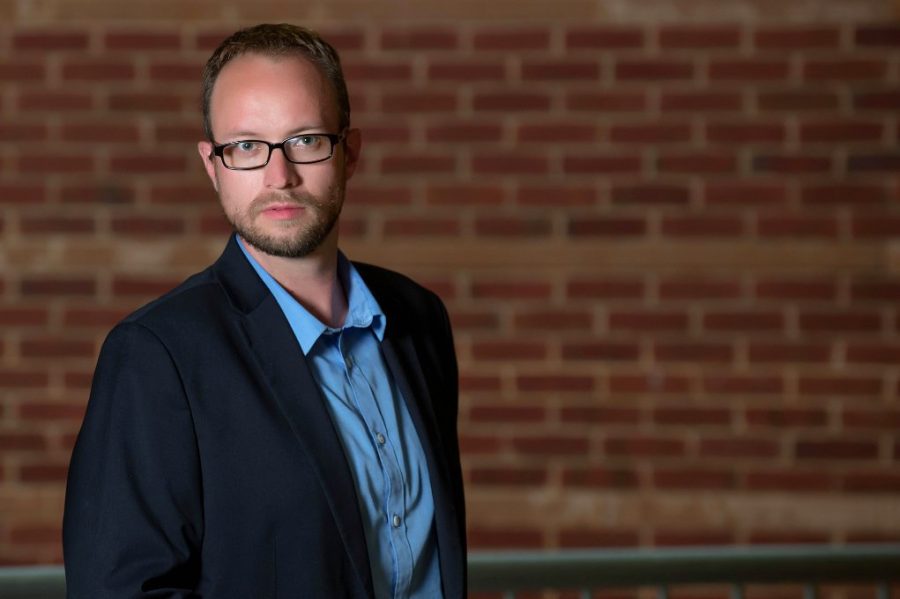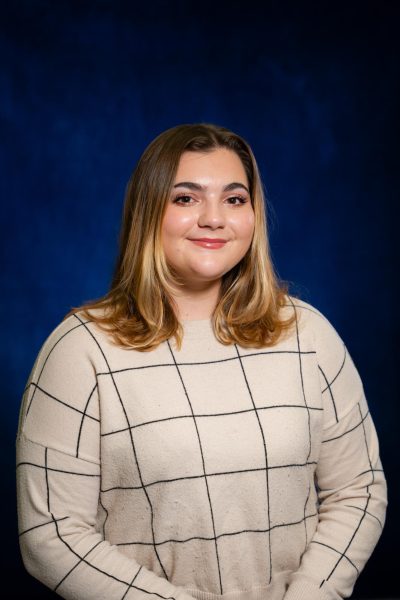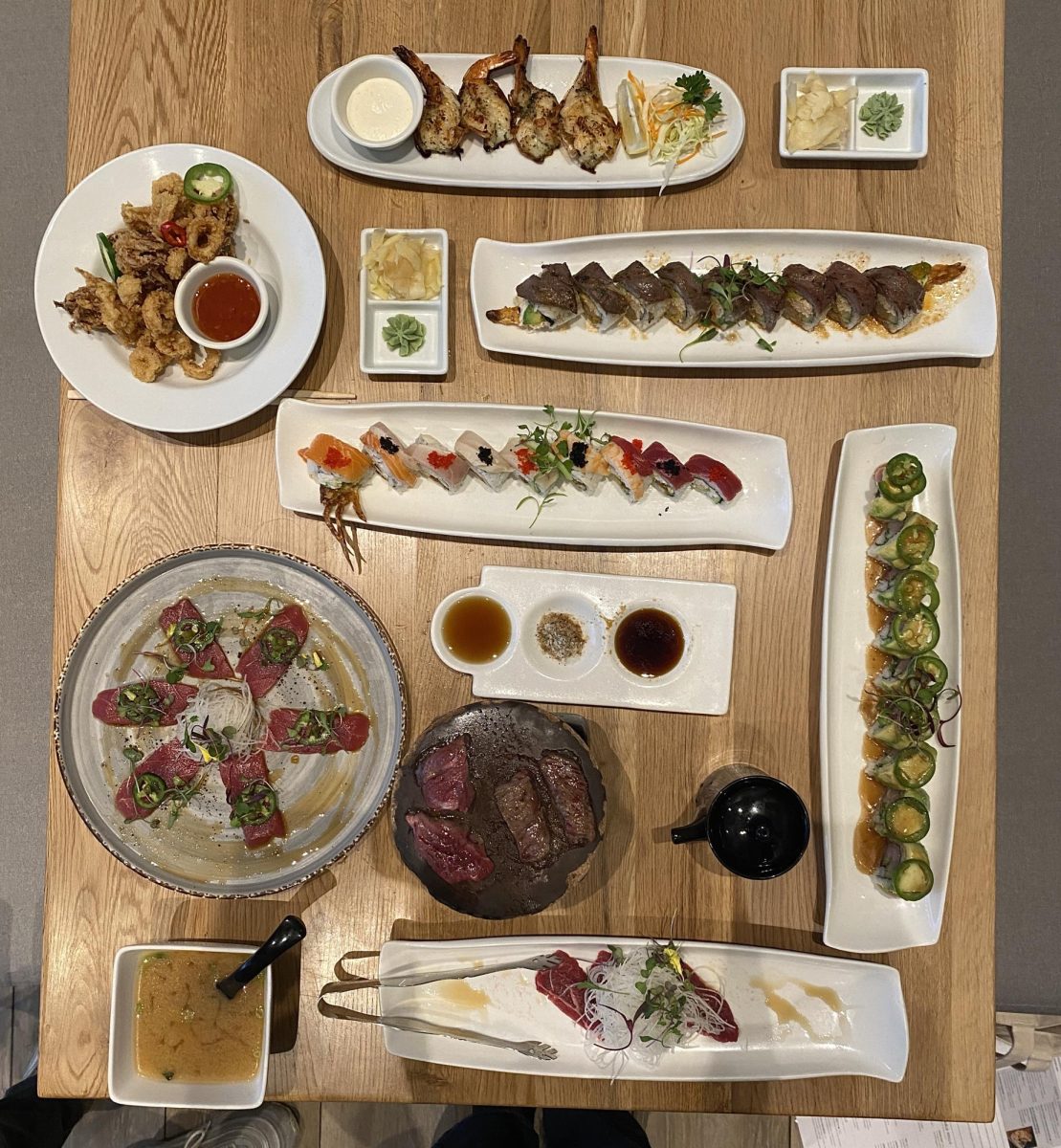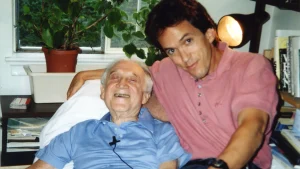Concert Review: La Jolla Symphony and Chorus
Apr 16, 2023
Music is the purest form of entertainment, provoking emotions through the dynamic harmony, melody, and rhythm of each song. Music connects people with common interests that strike them deep in their core. Live music, in particular, allows listeners to consume the depths of each sound as they come together to produce a unique art piece. Not only can music be heard, but it can also be seen through the visual emotions and movements of the artists that help enhance the auditory experience.
The La Jolla Symphony and Chorus held a production on March 18 to March 19 with guest conductor Michael Gerdes, featuring performances by Alex Stephenson, Mazzoli, and Brahms. The performance started off with Stephenson’s piece “An Elemental Music” which was composed of three songs. The piece began with “Crisp Bright,” a sharp and fast-paced piece with unique sounds I had never experienced. “Crisp Bright” mixed strings with a modern percussion beat to create a modern flare on classic instrumental music. The song kept me on my toes and culminated in an exciting and strong crescendo.
The second piece, and by far my favorite from the whole performance, was “The Cold Song” which was inspired by Henry Purcell’s “King Arthur.” In an interview with Stephenson, Purcell said “King Arthur” had a thrilling and adventurous nature that he described as “daring,” which was emulated by short, repeated notes. The harp’s steady rhythm is reminiscent of a ticking clock and the unceasing loss of time. It stood in stark contrast to the rest of the orchestra which was fluid and angelic and blanketing me with a feeling of serenity, attempting to stop the passing time created by the harp. I was stuck between the two worlds: one created by the harp and another by the orchestra. As the piece progressed and energy began to build, Gerdes began to swing his baton with more passion which added to the excitement during the crescendo. Much like an adventurer’s odyssey, it began almost timid-like but accumulated to an exhilarating climax, making it a highlight of the show.
The last piece was titled “Dark Mysterious,” a fitting name as the beginning felt daunting, marked by the deep sounds created by the orchestra. The song remained strong and dark taking the audience through a universe that felt as if something was waiting around the corner, but the most impressive part was the ending. It was dramatic with each instrument playing at full capacity, perfectly intertwining with one another to create a complex web of sounds. As each instrument reached its peak, they all stopped at once, leaving me stunned by what I just had heard, my whole body in shock, and wanting more. This was a perfect way for Stephenson to end his piece as it left the audience satisfied but anticipating what was to come. Each song was extremely expressive, gave a strong sense of urgency through every note that was played, and communicated a story of growth.
After Stephenson’s carefully articulated pieces, Mazzoli’s “Sinfonia (for Orbiting Spheres)” followed. As the music began to slowly introduce its overture, an eerie sensation filled the room, but it was soon overtaken by the sounds of strings beautifully intertwining to create something ethereal. This sound transported me to a different world that felt like everything in the room was floating and flowing like the wind. The first climax left me a bit disappointed as I was hoping for something more dramatic since it felt a bit flat because the instruments remained stagnant in their notes. But just then, I experienced the crescendo I had hoped for: a powerful and enthusiastic build-up that induced a cathartic feeling. Mazzoli’s composition was elegantly arranged, transporting me into a completely different dimension of wonder and fantasy. It felt as though Mazzoli had put me into a field of wildflowers, alone and floating, surrounded by Morpho Godarti butterflies, completely at peace. Not only was the piece crafted to produce a beautiful sound, but it was also aesthetically pleasing to the eye. As each group of instruments played in unison like gears in a clock, they produced a visual and auditory experience that left me satisfied. The piece ended with a wind-like fade out that complimented the beginning and delicately brought me back to reality.
Brahms’s “A German Requiem” was the last piece played. Each of Brahms’s pieces was structurally similar, starting off dark — each instrument playing deep notes — and urgent, peaking with a more fast-paced tempo, and ending with a calm fade out. Although these pieces didn’t pique my interest, the two solo vocalists left me in awe with their talent, and composer Philip Lima, a baritone soloist, had a smooth strong voice that brought clarity to every lyric he sang. Lima’s confident stage presence allowed him to convey the emotion of solace that Brahms wanted listeners to feel. Tasha Koontz, a soprano soloist, blew me away as she hit notes that seemed impossible to reach. Her clarity and control allowed listeners to be taken to a sanctuary full of serenity. Not only did Koontz and Lima leave me awestruck, but Gerdes’ passion and energy throughout the whole piece kept my interest when the soloists weren’t singing. The energy Gerdes brought to the table with not only Brahms but Mazzoli and Stephenson’s pieces helped the music come alive and provided an experience that couldn’t just be heard but could also be seen through his body language and movement with the music.
The La Jolla Symphony and Chorus gave live music a whole new meaning to me. Sound and story are meant to interlace, instruments moving in unison and conductors giving energy and emotion, proving that music isn’t only meant to be heard, but also to be seen.
Image courtesy of Mira Mesa Orchestra
















Jace • Apr 16, 2023 at 3:02 pm
Amazing!